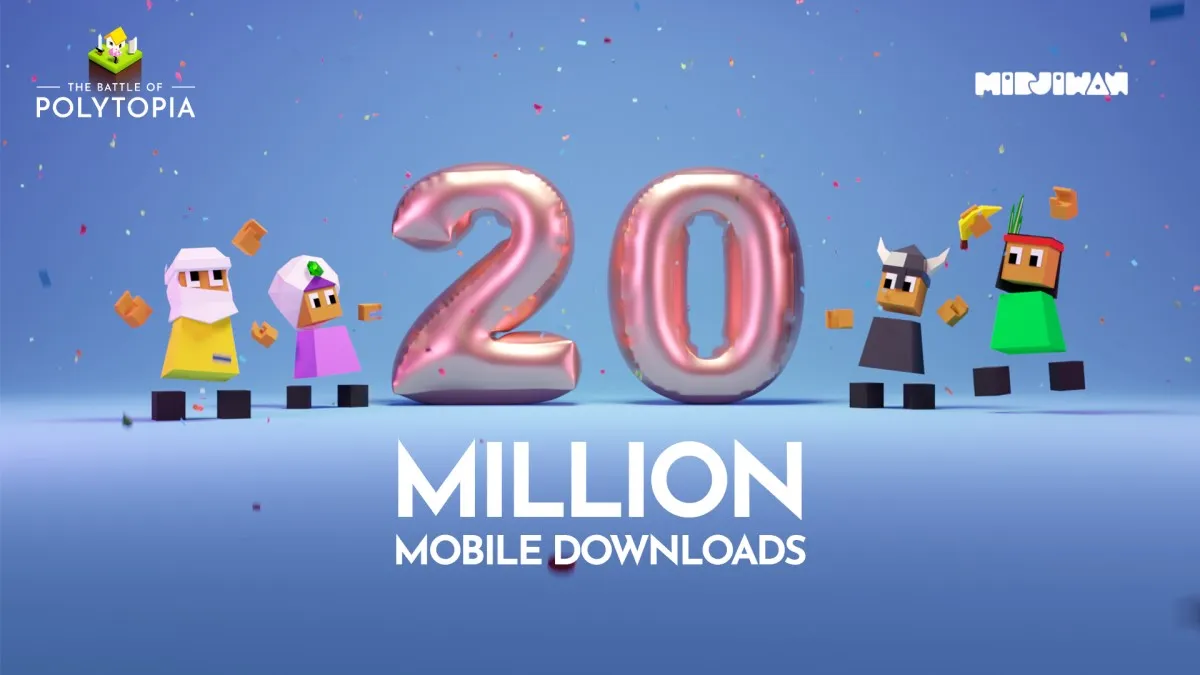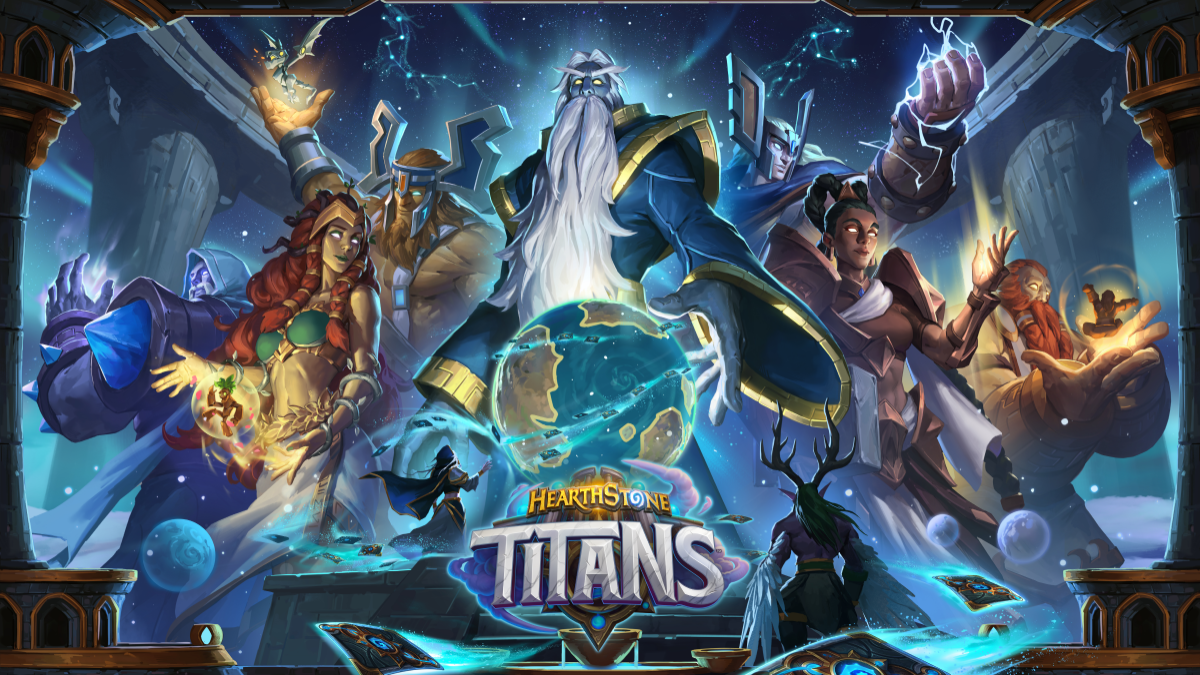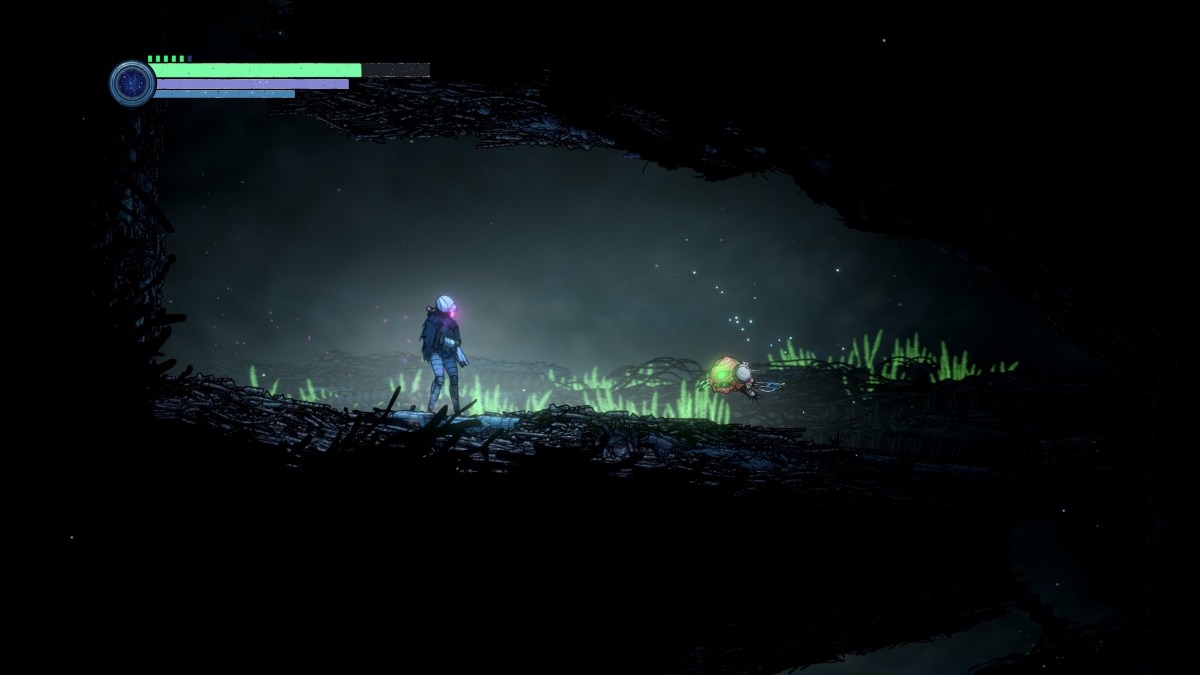Dusty Monk has had an interesting life in the games industry so far. From Midway through Ensemble, he’s worked on some of the biggest titles and with one of the biggest and most celebrated companies in recent history. Having now gone it alone to start his own studio – Windstorm Studios – we thought it was high time to sit down with the man and find out what led to this point, what’s happened in the intervening years, how things are going, and what the future might hold.This part of the interview focuses on Monk’s history. Check back tomorrow for the second part, which discusses Windstorm, the company’s current projects, and the future.IncGamers: Let’s start at the start: how did you get into gaming, and what were your first experiences?Dusty Monk (right): Just to give you a point of reference I’m 45 years old, and I’ve been gaming since I was 14, so some of the very first, earliest games. [Laughs] I played my first computer game on an Apple II+ back in 1978 and I played Wizardry I and Ultima I when those first came out. Those were the earliest computer games I played, and I was pretty much hooked from that point forward. And I’ve been mostly a PC gamer. A lot of people define their starting moments with the Commodore 64 and with Nintendo, and I played all of those, but by and large for my entire life I’ve been a PC gamer.Was that the point when you actually decided that you wanted to get into gaming and work in game development?Absolutely. I got a computer science degree at Texas A&M and immediately got a job coming out of college, and worked for ten years at various different real-life companies. I worked for the oil industry for awhile, and I worked for awhile up in San Diego. It was while I was in San Diego I was working for a company that I knew was going to lay me off in six months, and I had six months to myself, being paid and not really being watched, so I spent that time building a game demo. I submitted that game demo to a couple of different companies out there in San Diego and ended up interviewing with Midway Home Entertainment in San Diego, and that was where I actually got my first job working in the industry.For how long did you work at Midway?From the mid 90s until 1999, at which point my wife and I decided to return to Texas. Our family is all from Texas and we’d started a family of our own at the point, so we wanted to be a little bit closer to the grandparents. So I started interviewing in Dallas and then that was when I got the job at Ensemble, and at that time Ensemble was about 40 people. I interviewed with a couple of other companies, and an interesting story is that I actually interviewed at Gearbox, which as you know is also here in Dallas. At the time, Gearbox was about nine guys. They called me up and they interviewed me on a Saturday. [Laughs] I was living in San Diego, and they were like, “Yeah, come on up! We’re all up here working on a Saturday anyway, so come on up and we’ll do the interview.” So I was thinking – I’ve got a brand new kid, I haven’t been married all that long, and these are nine guys working on a Saturday for a very small company which that doesn’t have really assured funding. Ensemble has a secure contract, it’s a great company, it’s well-established, there’s 40 people, they’re very professional – so I went with Ensemble.The irony of that is that now Gearbox is still very independent and very well-established with over 100 people working there, and still very much one of the top competitors in the field, while Ensemble – the sure bet – is no more. [Laughs] So you never know!Considering all of that, do you regret your decision?Absolutely not. I find it ironic and interesting but I don’t regret the decision at all. I still maintain and firmly believe that Ensemble was one of the best places to work at in the industry. Turnover rate at Ensemble was phenomenally low for a game development company. It was pretty much par for the course, for any game development company you worked for, to work for two or three years, get burned out, get a title under your belt, and then go work for somewhere else. That was actually my plan when I went to work for Ensemble! I wasn’t a big RTS fan, and Ensemble had two games under its belt at the time when I went to work for them – Age of Empires 1 and Age of Empires 2. But I thought, it’s a big franchise and they make triple-A titles; I’ll work on Age of Mythology, get that title on my resume and I’ll go work for someone else.I ended up staying there for nine years because the work environment was really good, and they treated their employees far better than just about any other game development company I’d worked with, or from other people that I’d heard of.{PAGE TITLE=Windstorm’s Dusty Monk Interview – Part One – Page 2}That ties into something I once heard. I remember a quote from… I think it was Ensemble boss Tony Goodman who said “Most people say great games are their mission. Ours is to make a great place to work and for the good games to come out of that.” From what you’re saying, that sounds absolutely true.It really was, and I’ll take the opportunity to stand on my soapbox here for a minute. There was a recent developer rant at GDC from Paul Bettner talking about how crunch killed Ensemble Studios and the attitude there was responsible for the death of Ensemble Studios, and I’d like to set the record straight that, from my standpoint, absolutely nothing could be further from the truth. It’s very convenient and it’s very easy to stand up and say “Crunch is bad, and we really don’t want crunch in the industry.” Nobody wants to crunch in the industry, but that was not the reason that Ensemble failed.Ensemble failed because over a period of time, every time we got traction on a new product, or a new project, or on a prototype, we’d all get going and we’d get motivated and we’d move forward, and then Microsoft would come in and say “You know, we really don’t want to do that,” and they’d cut our legs out from underneath us. After a couple of years of building prototypes and going forward and then Microsoft cutting our legs out from underneath us, Microsoft looked at us and said “Wow, these guys are really not very productive, and they’re extremely expensive. We should do something about that.” [Laughs] That was really the gist of it.We crunched at Ensemble, but even when we crunched it was well scheduled, almost always well-controlled, and usually in short increments. When we were crunching they brought in full catered food for lunch and for dinner, and they always had a fully stocked kitchen, they always had plenty of amenities – we had regular family nights to bring people in. The management bent over backwards for the most part, and almost all of that was due to Tony’s philosophy, which was to really treat the employees right, and to put as much effort into the employees and the employee experience and then the great games will come out of it. There was a little bit of inefficiency and we certainly strayed off the course sometimes in trying to figure out what the project was that we were going to work at. But it was never because of a bad environment at Ensemble. It really was one of the best places I could’ve worked at.Did you have any idea the studio closure was coming, or did that come as a big surprise?No. We really didn’t have any idea that it was coming, and it really was a complete and total shock to us. We were aware that relationships were tense between Ensemble and Microsoft. For two years, before we all moved onto Halo Wars, we were working on an MMO prototype, and it was codenamed Titan. This is well-publicised; everyone knows about this now. But from 2004 to 2007, I spent all of my time working on this MMO.It was going to be the Halo MMO, and it was absolutely going to compete against World of Warcraft. Microsoft was one of the few companies had that the kind of clout – the funding, the commitment, to put together a project that was of this grand scale. So we had moved forward on this and we’d already received approval to move forward, and we’d completed a couple of prototypes, but there was a bit of a changing of the guard at Microsoft at this time, and Microsoft, from its gaming division, was really changing directions. They were looking really hard at the Nintendo Wii and they were really excited about the numbers that the Wii was turning. This was about the time that Microsoft decided that its Xbox platform and XBLA really needed to go more in the direction of appealing to a more casual, broader audience. So part of this changing of the guard at Microsoft came along with a changing of the attitude to this very expensive, very long and very protracted $90 million USD project we were working on, which was Titan.To cut a long story short, Titan was closed down. We were still very much involved in Halo Wars, and eventually all of us went to work on Halo Wars. So we knew that relationships were tense between Microsoft and ourselves, but we didn’t realise that they were that tense, and we certainly had no idea it was coming.{PAGE TITLE=Windstorm’s Dusty Monk Interview – Part One – Page 3}Despite everything, it’s clear that you speak of Ensemble – and Ensemble’s management in particular – with a huge amount of respect.It’s not to say that mistakes weren’t made, because they certainly were. But, you know, I really do. It’s not just blowing smoke. I firmly stand by the statements that I made – there were a lot of problems at Ensemble but there was a lot of really good stuff, and I continue to maintain that the guys that were running the company, they did everything they could under the circumstances for the people that were working for them.As testament to our management at Ensemble, we were in the process of building a new facility for Ensemble Studios when the studio closed. We had planned on growing Ensemble Studios, and we had been making room for all the people we’d intended to hire. We had already signed a deal and were in the process of building a new 60,000 square foot facility, so none of us suspected that we were going to be closed. The only reason that we found out was that Microsoft stopped writing the cheques for the facility, and that was when our management found out. Our management actually knew six months ahead, before the rest of the company did, but unbeknownst to all of us the management went to Microsoft to try and negotiate a really good deal for all of us. The management finally said, four months before we were scheduled to be done with Halo Wars, “We need to tell our people. You can’t expect us to go through this crunch and to go through this push for the finish of Halo Wars, and to get this game out the door without these people knowing what their future is.”So Microsoft came to the table and they negotiated a deal, and that was when we learned that we were all going to be fired – about four months before Halo Wars was to be completed.Going back a step, you mentioned Titan was set to be a WoW competitor. How do you actually approach competing with World of Warcraft? It’s huge.It is, and the story that I could tell you about that would probably take another hour. [Laughs] I’ll try to condense the history of it as much as I can, a little bit. As a whole at Ensemble, we fell in love with World of Warcraft. You have to remember that Ensemble came from a standpoint of being really good at competing against Blizzard Entertainment. Blizzard’s previous games were Warcraft 2 and 3, and Age of Empires was an RTS geared solely at going at that audience. We had a different approach to the RTSes, but around the late 90s, Age of Empires and Warcraft 2 were both spoken of in the same breath as equally respected – albeit different – RTSes. So we had a pretty good history of knowing the types of stuff that Blizzard put into their games to make them really successful, and the kinds of things that we thought we’d need to put into an MMO to compete against Blizzard. We weren’t necessarily making WoW in space, but we were certainly adopting a lot of the things that we saw working in World of Warcraft and then putting it in a sci-fi genre.Just to give you a couple of examples, we were using a heroic stylised artform. This heroic stylised artform is exactly the artform that you see being used in Star Wars: The Old Republic right now. If you go back and look at their videos, they call their artform “heroic stylised” because it’s a great mix. It’s timeless. It doesn’t age itself like a game that’s built with a strictly realistic artform does. We were developing a cover system. This cover system is in Star Wars: The Old Republic. We had the idea of quests – and like I said, this was between 2004 and 2007, before Warhammer Online had been released – but we had this idea of quests where you could participate and pull them together without having to be on the same team. This would be a public quest that everyone in a particular area could work on. That idea went into Warhammer Online.One of our lead designers was Greg Street. As soon as they cancelled Titan, Greg Street was immediately hired by Blizzard, and you know him as Ghostcrawler! Some of the artists that were at Ensemble are now working for Blizzard. One of our lead programmers is now a lead graphic programmer at Blizzard. We had all this incredible talent, we had the right people, the right passion, we had a phenomenally successful IP – the Halo IP. We were going back in time for the Halo franchise to broaden the story a little bit, in the exact same way that Star Wars has gone back in time so they can tell a more broad story, and we had a company that had our back when we started and the funding to put together that type of project.Even though a lot of people say you just can’t build a WoW killer I absolutely believe that we could’ve built an MMO, if Microsoft had maintained their commitment, that if it hadn’t been a WoW killer, it certainly would’ve competed.Check back tomorrow for the concluding part of our interview with Windstorm founder and president Dusty Monk, in which we discuss the reasons behind forming Windstorm, the projects the company is working on, and what the future might hold.Update: Read Part 2 of the Interview >>
Recommended Videos
PC Invasion is supported by our audience. When you purchase through links on our site, we may earn a small affiliate commission. Learn more about our Affiliate Policy
Author
Paul Younger
Founder and Editor of PC Invasion. Founder of the world's first gaming cafe and Veteran PC gamer of over 22 years.
We have upgraded our commenting platform! Existing comments will be imported over the next few weeks.






Published: Apr 14, 2010 11:37 am